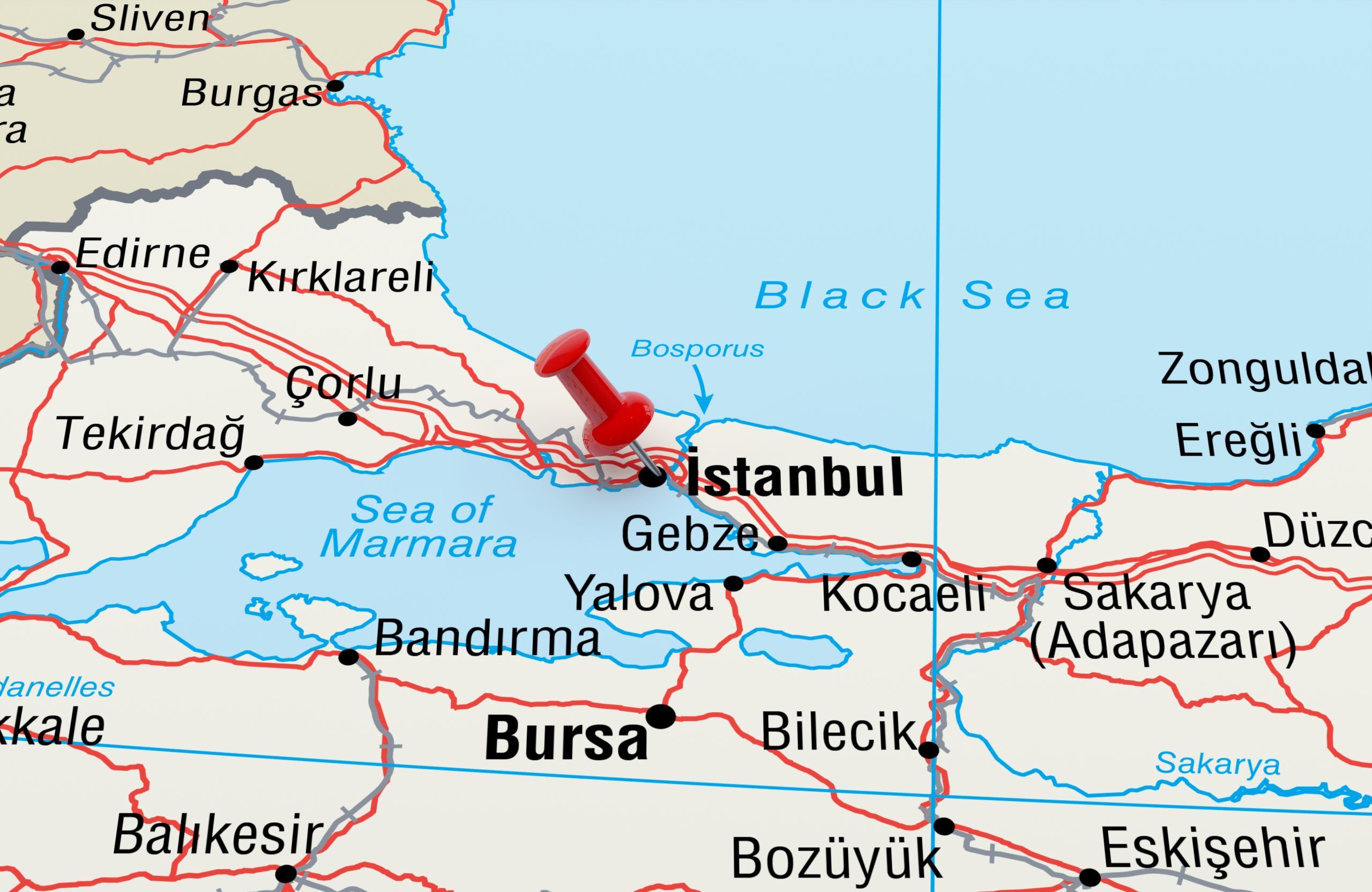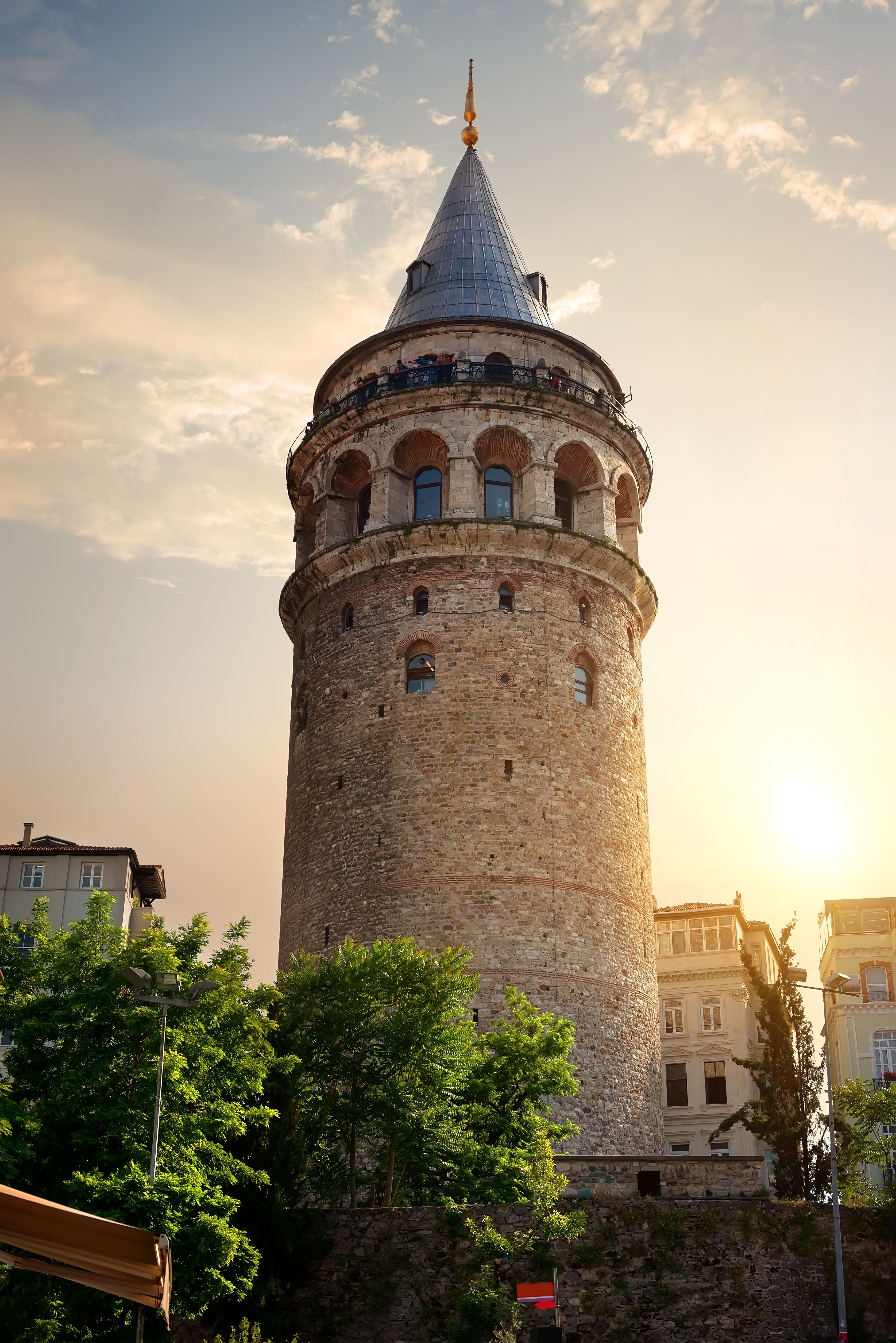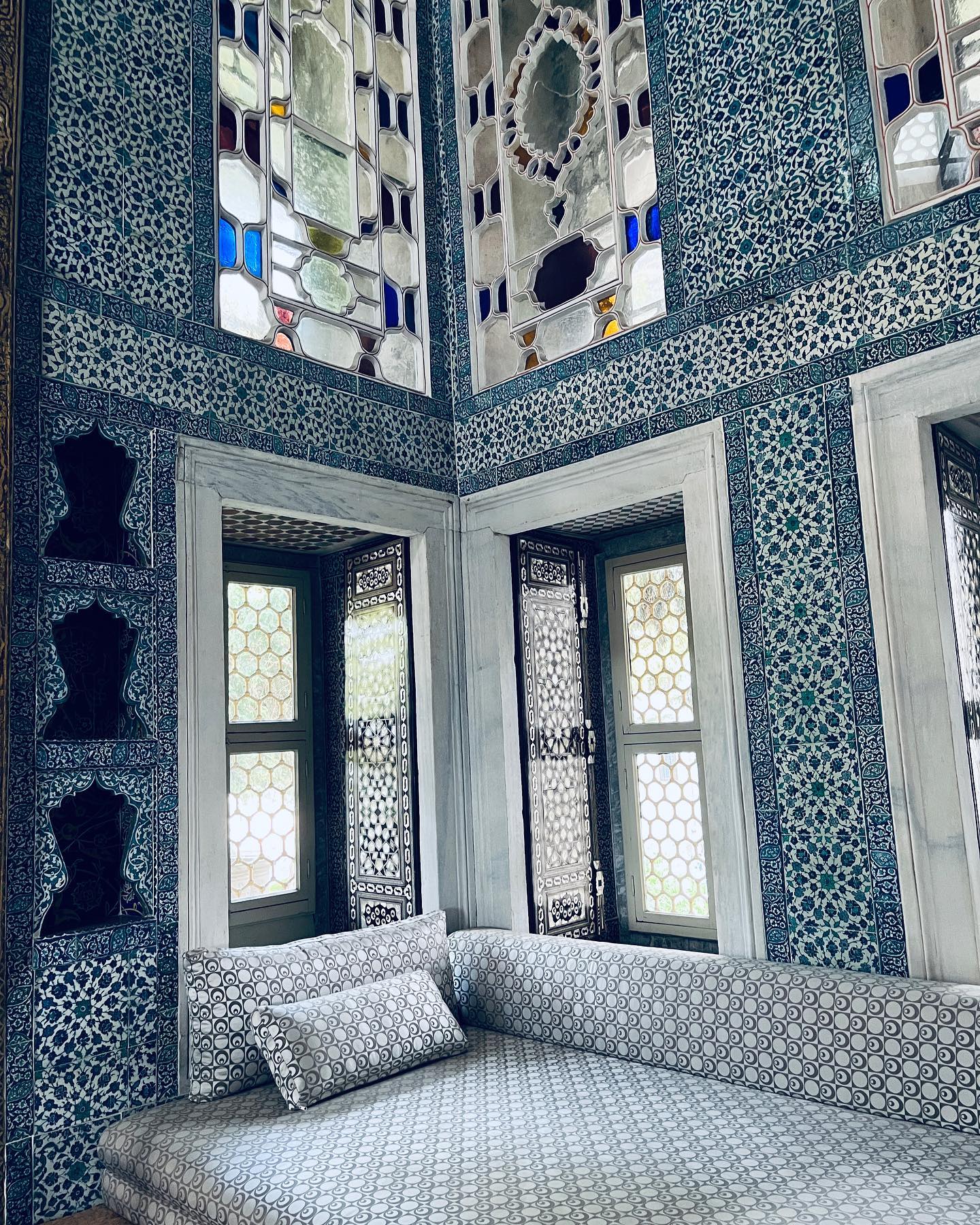Topkapi palace:Arquitectonic and cultural treasure in Istanbul
Topkapi Palace, with its splendid architecture and privileged location, is a place you should not miss when visiting Istanbul. In this post, we will explore the history and beauty of this palace that was the residence of the Ottoman sultans for more than four centuries.
Topkapi Palace was the residence of the Ottoman sultans for centuries and is a testament to the greatness of the empire. Explore its lavish courtyards, ornate halls, and displays of royal treasures. Don’t miss the Treasury and Jewels, where you can admire jewels and precious objects of incalculable value.
Topkapi palace
Topkapi Palace, known as “Topkapi Sarayi” in Turkish, is a magnificent palace complex located in Istanbul, Turkey. It was built between 1460 and 1478 under the rule of Sultan Mehmed II, also known as Mehmed the Conqueror. This palace was the main residence of the Ottoman sultans for more than 400 years.
The design of Topkapi Palace reflects the influence of Ottoman and Byzantine architectural styles. The complex spreads over an area of approximately 70 hectares and is surrounded by solid defensive walls. It is made up of a series of buildings and pavilions, divided into four main courtyards: the Courtyard of the Divan, the Courtyard of the Treasure, the Courtyard of the Valide Sultan and the Courtyard of the Harem.
The design patterns of Topkapi Palace are characterized by symmetry and balance. The buildings are arranged around central courtyards, and the main structures feature domes, arches, and intricate decorative details. The interior spaces are decorated with ceramic tiles, Islamic calligraphy and elaborate carved wood ornaments.
Over the centuries, the palace underwent several extensions and modifications, resulting in the incorporation of different architectural styles, such as Rococo and Baroque. However, the overall design of the complex still retains the essence of Ottoman architecture.
Topkapi Palace is located on a hill, giving it spectacular views of both the Golden Horn and the Bosphorus Strait. The palace’s landscaping design takes advantage of these panoramic views and creates charming outdoor spaces for visitors to enjoy.
From various points of the palace, you can admire the blue waters of the Golden Horn, which is an important natural harbor in Istanbul. The view of the Golden Horn from Topkapi Palace offers a unique perspective of this iconic place and its surroundings.
Additionally, the palace offers stunning views of the Bosphorus Strait, which separates Europe from Asia. From certain areas of the complex, you can contemplate the strait and observe the passage of ships and boats, providing an unparalleled visual experience.
The landscape design of Topkapi Palace takes these panoramic views into account, providing strategically located seating areas and viewing points. These spaces allow visitors to delight in the natural beauty of Istanbul while exploring the palace.
Topkapi Palace has several notable buildings in its complex. Below are some of the most important ones:
- The Imperial Gate (Bab-i Hümayun): It is the main entrance to Topkapi Palace. This majestic door welcomes visitors and leads them to the Divan Courtyard.
- The Divan Audience Hall (Divan-i Hümayun): It is the building where official meetings were held and political decisions were made. It features impressive Ottoman architecture and is decorated with ceramic tiles.
- The Treasure Room (Hazine-i Amire): This building houses a rich collection of imperial treasures, including jewelry, works of art and valuable objects. It is a place of great historical and cultural importance.
- The Harem Palace (Harem Dairesi): It is a private section of the palace where the wives, concubines and close relatives of the sultan lived. This building has beautiful rooms and courtyards, and is a testament to the intimate life in the palace.
- The Library of Ahmet III: This library houses an extensive collection of manuscripts and ancient books. Its architectural design is impressive, with carved wooden shelves and elaborate decorative details.
The importance of the restoration and conservation of Topkapi Palace lies both in its historical and cultural value and in its preservation for future generations. Both in the past and today, significant efforts have been made to maintain and restore this magnificent palace.
In the past, during the Ottoman period, restorations and renovations were carried out on the palace to maintain its splendor and functionality. The Ottoman sultans considered Topkapi Palace as one of their main residences and therefore ensured that it was in top condition.
Currently, the restoration and conservation of Topkapi Palace is an ongoing task. Conservation work is carried out to preserve the architectural structure, works of art and treasures housed in the palace. These efforts include the repair and cleaning of buildings, the conservation of decorative elements, and the implementation of security measures to protect historical heritage.
The importance of the restoration and conservation of Topkapi Palace lies in keeping the history and culture of the Ottoman era alive. Furthermore, it allows visitors to appreciate the grandeur and beauty of the palace, and understand its significance in the historical context of Istanbul and the Ottoman Empire.












